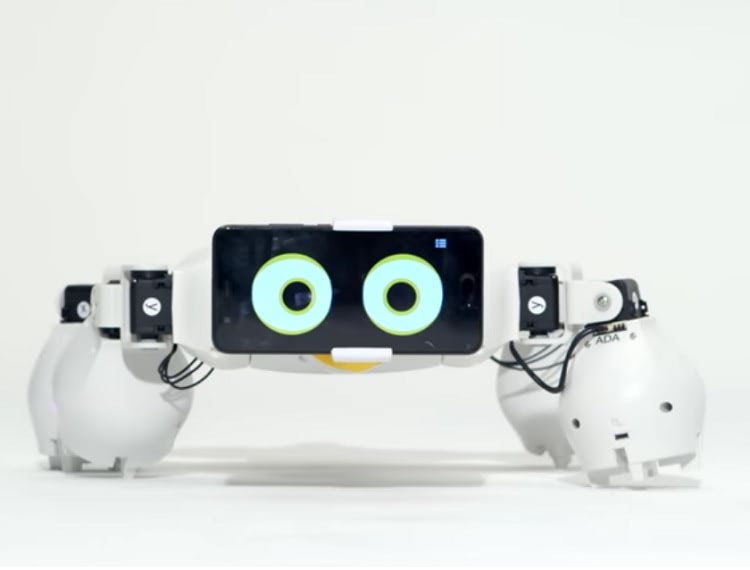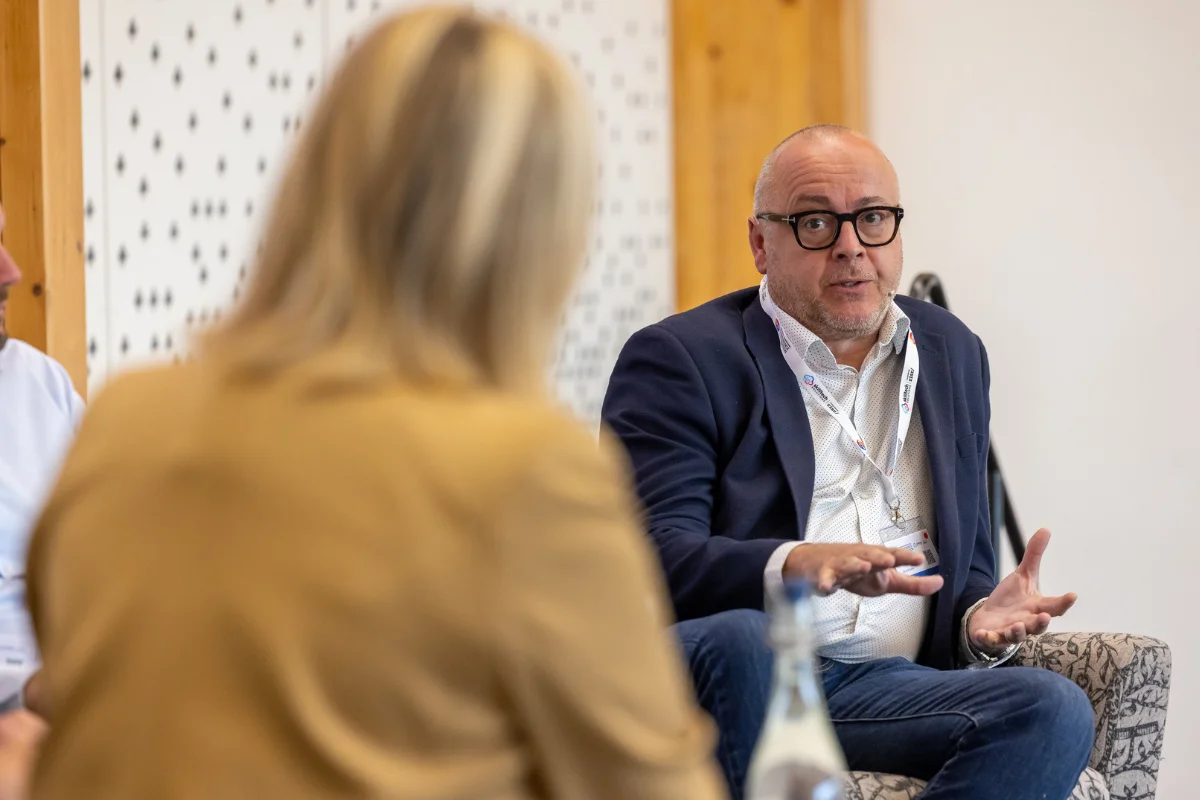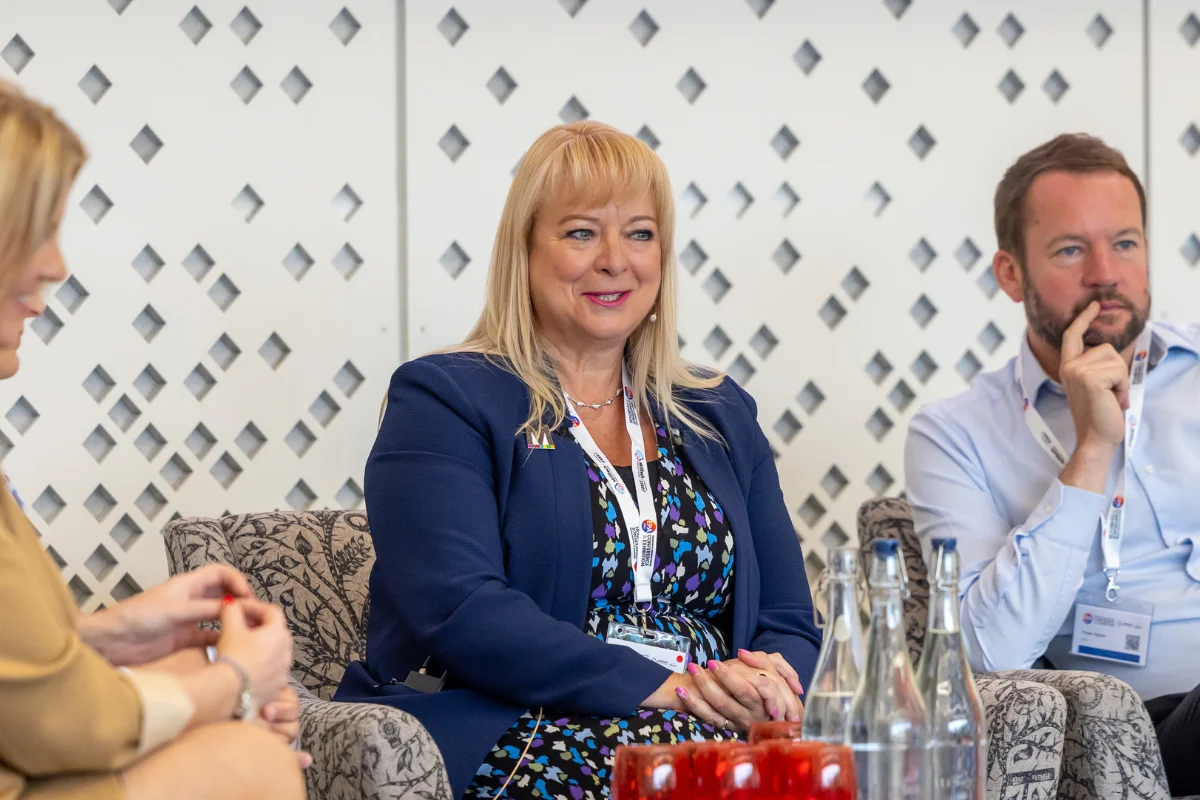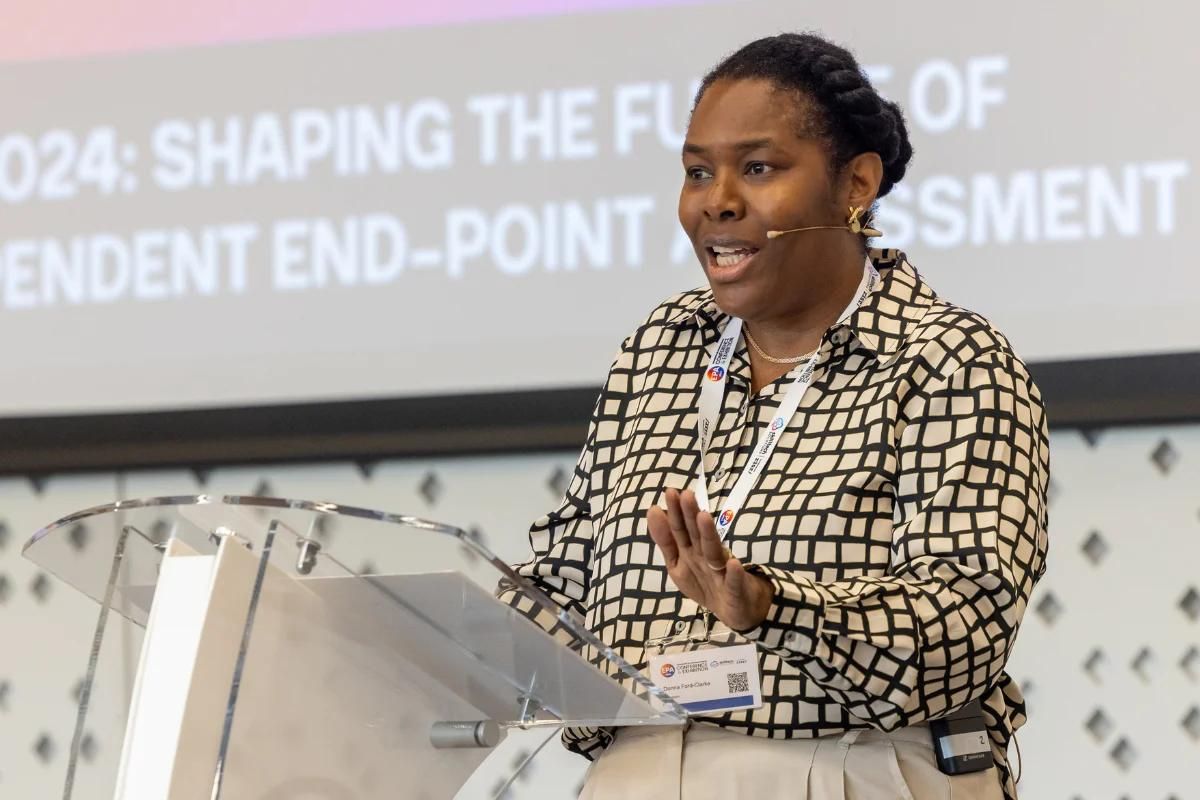New Danish robot to tackle UK’s STEM skills gap

Shape Robotics is set to premiere its latest educational teaching robot Fable Spin at BETT, the world’s biggest education technology event taking place from 23-26 January. Designed to make it easy to teach STEM skills and for students to become creators of technology, the new Danish robot aims to inspire students to engage with science, technology, engineering and mathematics to alleviate the shortage of qualified candidates that is estimated to cost UK businesses £1.5 billion per year.
“We have chosen London for the world premiere of Fable Spin, which makes robot technology widely accessible and inspires imagination while teaching multidisciplinary skills in the classroom. Fable Spin is the latest offshoot from the Fable System, which gives everyone the fantastic feeling of being able to programme a robot. The Fable System ensures successful programming, innovation and creativity in teaching and is robust enough for rough treatment in the classroom,” says David Johan Christensen, CEO of Shape Robotics, the company behind the Fable System and the new Fable Spin, which launches January 23.
From small children to geeks
The Fable System assists learning at all levels, from the comprehension of technology in primary and secondary school, through to the teaching of more advanced mathematics and informatics in vocational training programmes in industry and construction.
“Due to its ease of use and applicability, Fable can be used to teach everyone – from inexperienced children to robot scientists. Its resemblance with professional robots also means that it can be used at vocational training programmes for training programming, automation, computer vision, CAD design and artificial intelligence. Fable covers the entire spectrum and is designed for 21st century learning,” explains Moises Pacheco, CTO and co-founder.
After just 18 months in the market, the Fable System is used by more than 200 schools and educational institutions in more than 20 countries. Karen Fleming, Keble Prep School, UK, says:
“We were thrilled when Fable arrived, and we found it easy to get started. It is really well made and easy to put together. We also loved the blocky editor and found it easy to navigate round. It complimented the other work on blockly we had been doing. We set it up and got a few pupils to try it out. They got Fable to monitor movement, then wave and smile. The best thing though was the discussion between the pupils. The problem solving and thinking skills were a joy to witness.”
Pupils can easily programme the Fable Spin to move, play football, tidy up, dance, wrestle, monitor rooms, be social or transport items from A to B. Fable Spin has wheels and a number of integrated sensors that allow it to avoid obstacles, perform search and rescue missions and navigate by lines. The Fable System invites anyone from the age of three through to grown-ups to get to grips with the programming languages Blockly or Python.
Shape Robotics’ Fable System is already widely deployed in Danish schools, helping to sustain the country’s position as one of the most advanced nations for robotics and automation. It is hoped that widespread adoption in the UK help it shake off its undesirable status as the least automated G7 country and the only one with a robot density below the worldwide average.
Facts about the Fable System, the new Fable Spin and Shape Robotics
The Fable System enables teachers and pupils to be innovative and creative by solving real-world problems. It is composed of three types of modules: function modules, build modules and extension modules. The build modules can be purchased or 3D-printed in various formats so that they can be integrated with both simple and complex robots. The extension modules make it possible to combine Fable with other systems such as a smartphone running Skype, a robot hand, a 3D-printed robot head or a laser pointer. Combining function, build and extension modules gives pupils untold possibilities to create different types of robots that are able to walk, drive, see, throw, use laser or ‘pick and place’, i.e. to pick things up and place them correctly, which is in great demand in the industry right now. The system can be used for various subjects other than comprehension of technology and informatics such as innovation.
The new Fable Spin offers
As the rest of the system, Fable Spin has strong magnetic joints, can easily be clicked together and has no wires or cables, so it is fast to get ready and clear up, leaving more time for teaching. The programming is easy, and the unique open-ended system can be extended with LEGO® and your own 3D-prints. Fable Spin has 4 available connectors, 2 rotating connectors, 360 degree rotation, 3 colour sensors, 3 ambient light sensors, 3 distance sensors, 3 gesture detection sensors and 2-meter long IR communication
The Fable System was originally developed in 2011 by a Ph.D. student and an associate professor at the Technical University of Denmark. In 2015, their collaboration turned into the start-up business Shape Robotics located in Copenhagen, which is where the robot parts are assembled after having been produced all over the world.








Responses